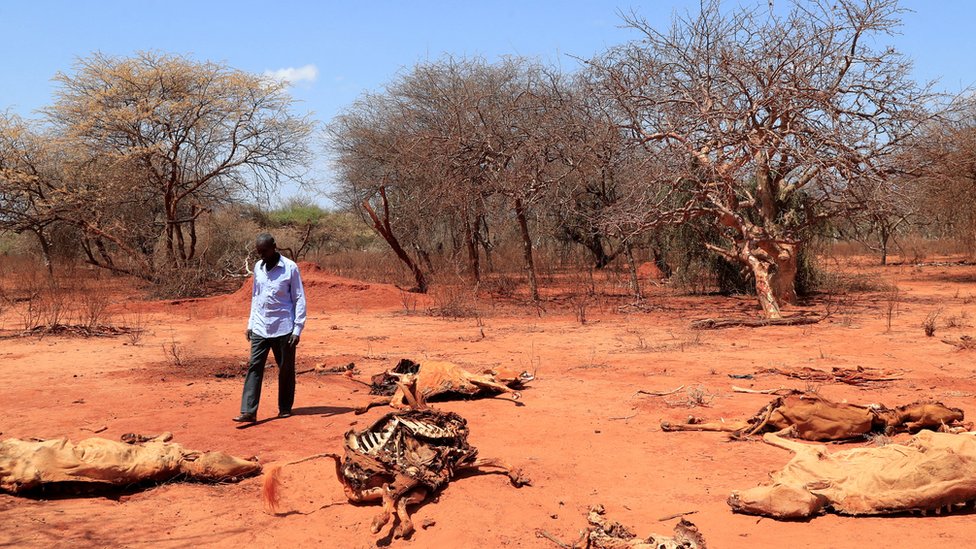Ethiopia’s national ombudsman revealed on Tuesday that nearly 400 people have died of starvation in the Tigray and Amhara regions in recent months. This acknowledgment comes amid a devastating civil war and a prevailing drought, exacerbating the already fragile food security situation.
Local officials had previously reported deaths due to starvation in their districts, but the federal government had vehemently denied these claims, branding them as “completely wrong.” However, the ombudsman’s office dispatched experts to assess the situation, leading to the shocking revelation that 351 people had succumbed to hunger in Tigray over the past six months, with an additional 44 deaths reported in the Amhara region.
The Tigray Food Cluster, a group of aid agencies co-chaired by the U.N.’s World Food Program and Ethiopian officials, released a memo highlighting the grim reality that only 14% of the 3.2 million people targeted for food aid in Tigray had received assistance by January 21. The memo urgently called on humanitarian groups to “immediately scale up” operations to prevent severe food insecurity and malnutrition, particularly during the lean season.
The halt in food aid to Tigray, initiated by the U.N. and the U.S. in mid-March last year due to a large-scale scheme to steal humanitarian grain, has further exacerbated the crisis. Although the pause was lifted in December following reforms to prevent theft, Tigray authorities claim that the food is still not reaching those in need.
The reintroduction of aid has faced challenges, including technical issues with new systems such as GPS trackers on food trucks and QR codes on ration cards. Aid agencies are also grappling with insufficient funds, hindering their ability to address the growing humanitarian crisis.
Anonymously speaking to The Associated Press, aid workers revealed that the slow resumption of aid meant some people in Tigray had not received assistance for over a year. The complex situation involves ongoing conflicts, a multi-year drought, and a struggling economy, pushing approximately 20.1 million people across Ethiopia into the need for humanitarian food aid.
The Famine Early Warning System, funded by the U.S., has warned that hunger or worse crisis levels are expected in various regions of Ethiopia throughout early 2024. Malnutrition rates among children in several regions, including Afar, Amhara, and Oromia, range between 15.9% and 47%, further underscoring the urgency of the situation.
